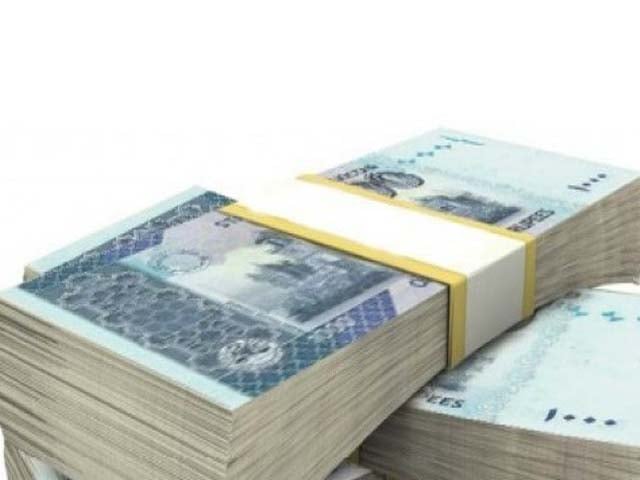KARACHI: Over the past few months, the Pakistani currency has fluctuated on both sides of the fence in a narrow band. On Monday, it declined by Rs0.17 and finished at Rs278.30 versus the US dollar in the interbank market.

The previous working day, Friday, saw the rupee settle at Rs278.13 against the US dollar, according to data from the State Bank of Pakistan (SBP).
The most recent decline followed an increase in the demand for dollars as imports, together with the central bank’s ongoing acquisition of excess foreign exchange reserves.
Currency dealers claim that the rupee strengthens in the morning and stays strong for the majority of the first half of each day. Eventually, the currency exchange rate’s direction is determined by the state of supply and demand.
The current fiscal year’s high foreign debt payments, estimated to be around $24 billion (including interest costs), and the ongoing process of rescheduling the approximately $15 billion in debt owed by Chinese independent power producers (IPPs) are putting pressure on the rupee-dollar parity and preventing the local currency from appreciating above Rs278/$.
For the past four months, the currency has been moving within a small range of Rs278–278.63/$.
Since July 1, 2024, the start of the current fiscal year, it has increased by a net of Rs0.04. Prior to the previous fiscal year, which concluded on June 30, 2024, it strengthened by 2.75% to Rs278.34/$.
Recall that during the first week of September 2023 to the last week of March 2024, the value of the currency increased by 10.85%, or around Rs30, to Rs277.03/$. It eventually settled at Rs278–278.63/$, and for the previous four months, it has only fluctuated in a small range.
The rupee did, however, gain ground each day, according to the Exchange Companies Association of Pakistan, closing at Rs280/$ on the open market.
The value of Pakistan’s native currency versus a basket of trading partners’ currencies, or the real effective exchange rate (REER), fell 58 basis points to a six-month low in June 2024 compared to the previous month, according to a report released by the State Bank of Pakistan late last week.
May 2024 has seen REER at 100.69. The global matrix reached a multi-year high of 104.44 in April 2024, although it continued to decline for the second consecutive month.
The decrease to the almost breakeven point of 100 indicates that exports have become competitive while imports have increased in value.
For nations like Pakistan, which mostly has a current account deficit due to increased imports and weaker exports, a REER number below 100 is encouraging.










































